Digital
ZhenJian Ruan ZJ (ZhenJian) Ruan Dreaming, An Architectural Bridge
-
Tauira / Student
ZJ (ZhenJian) Ruan -
Kaitautoko / Contributor
KASHIWA Daisuke -
Kaiako / Lecturer
Tane Moleta
-
School
Victoria University of Wellington, School of Architecture
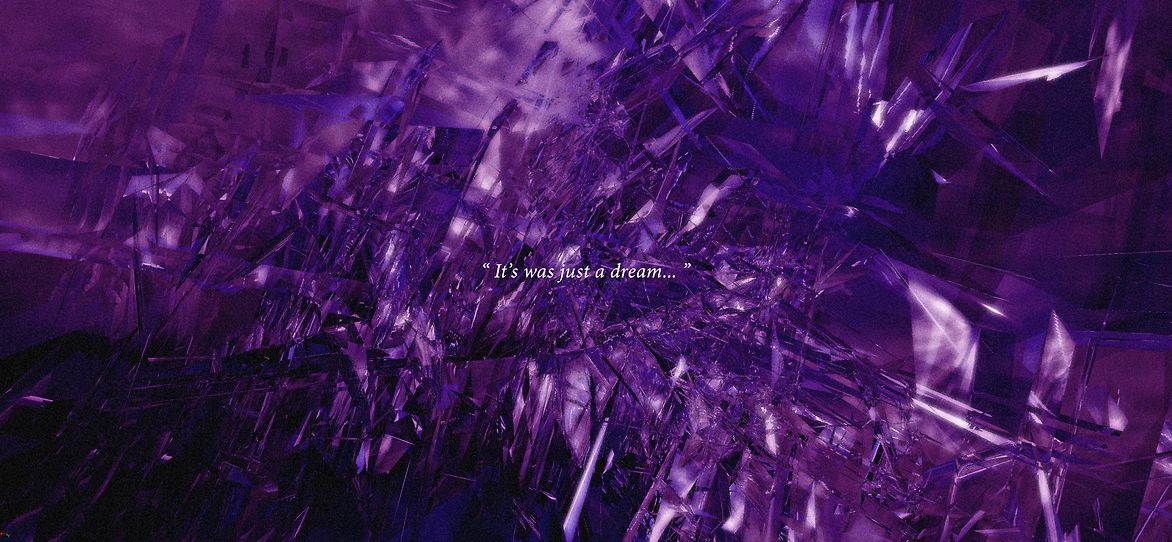
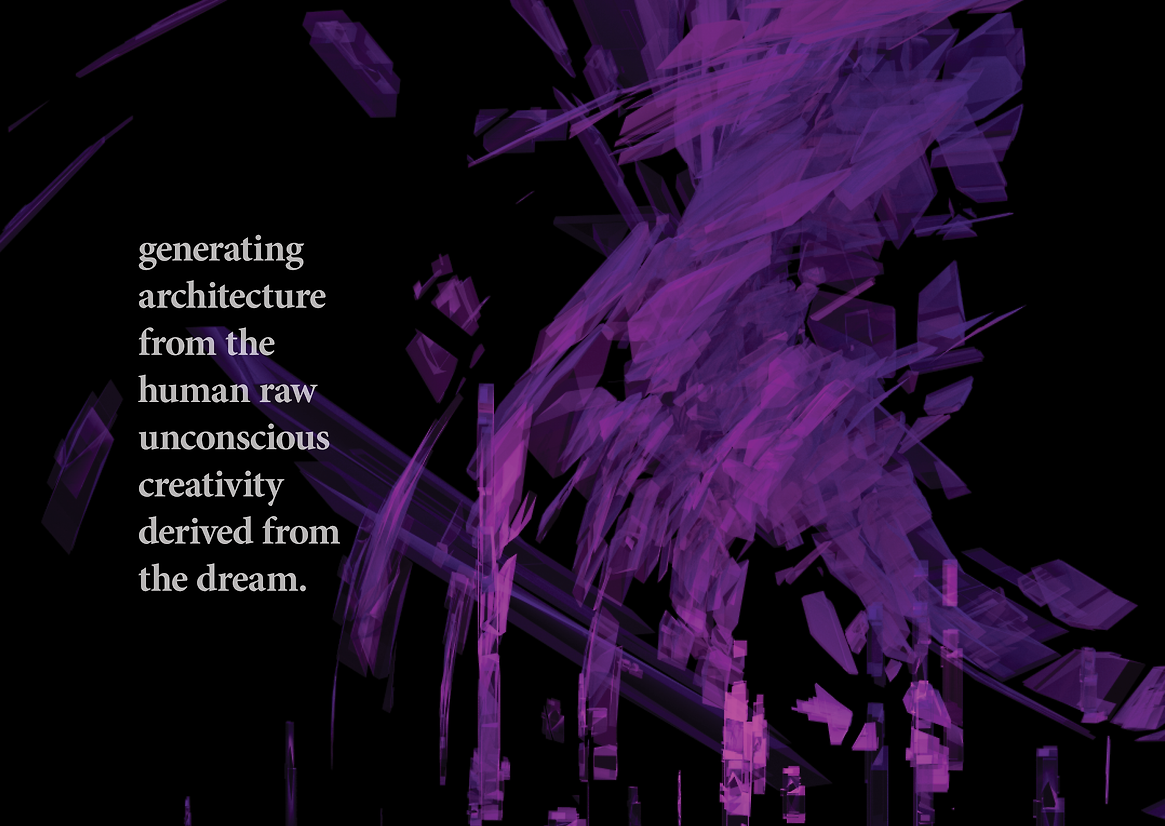
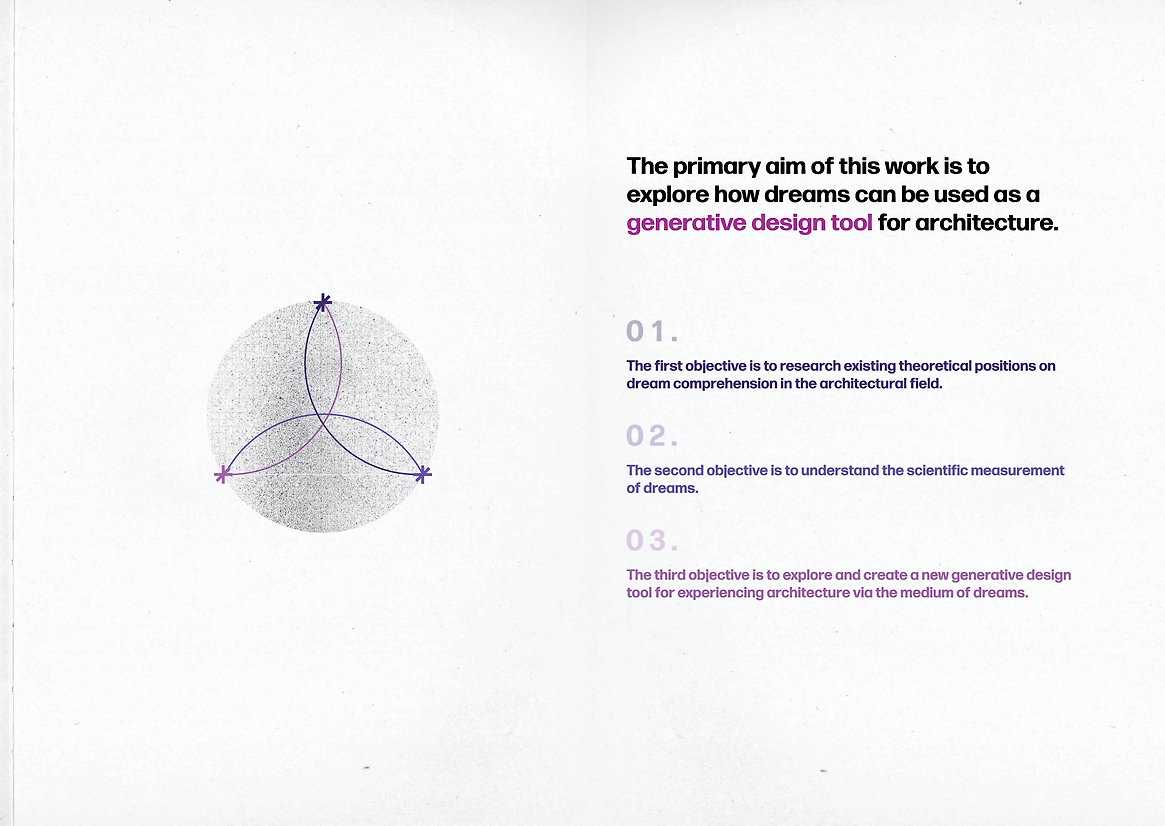
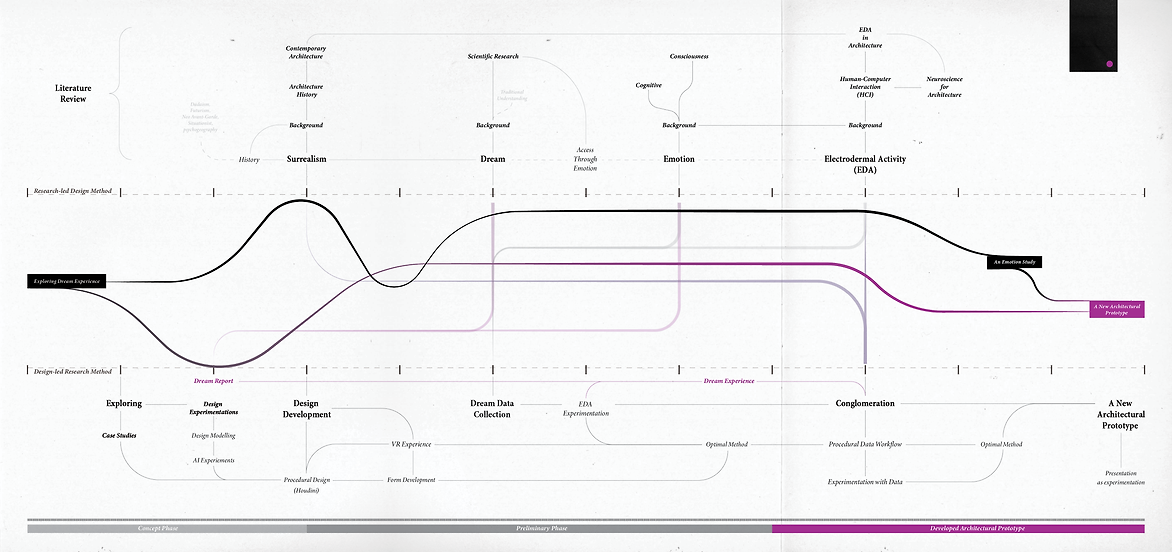
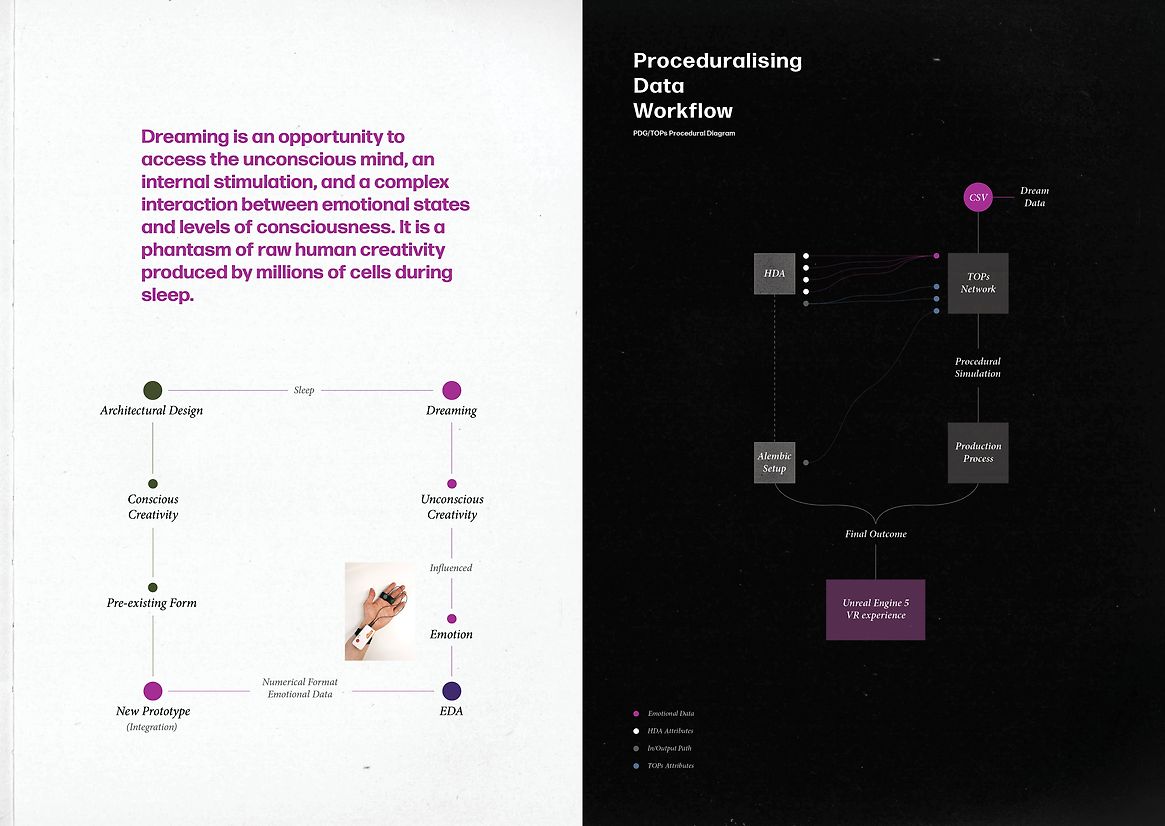

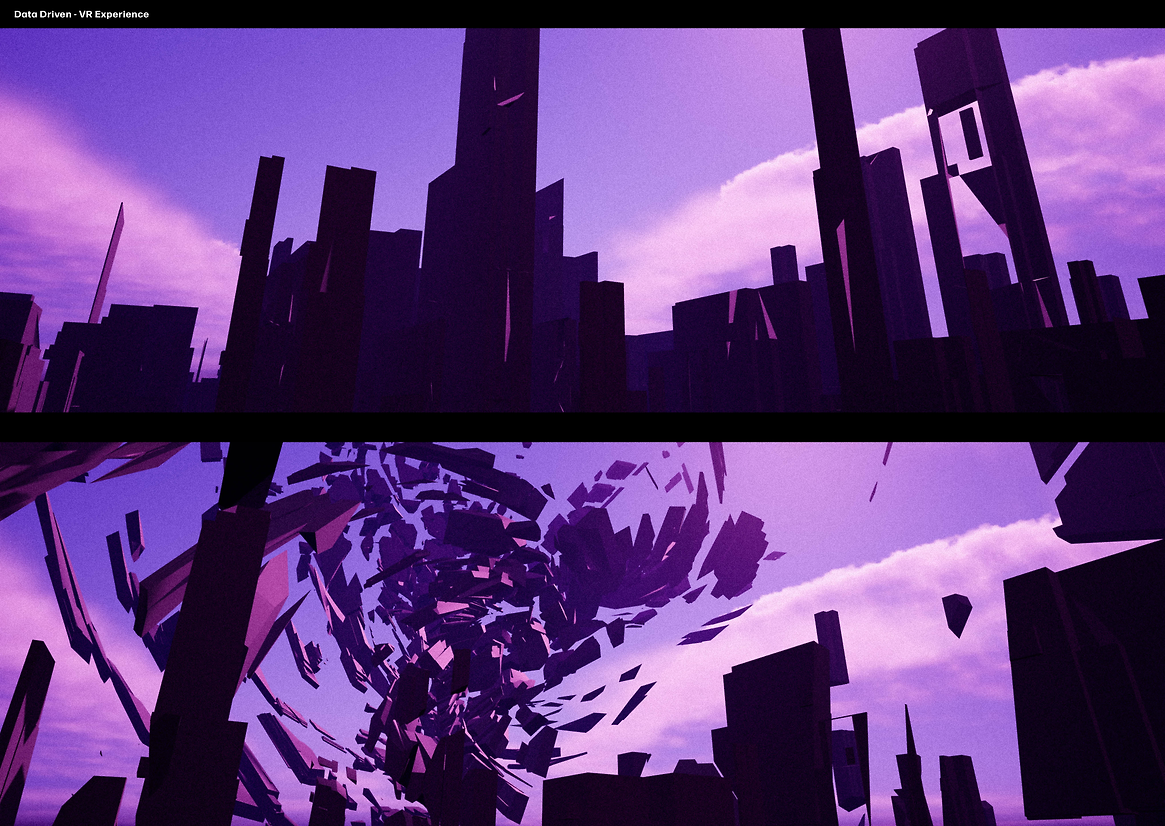
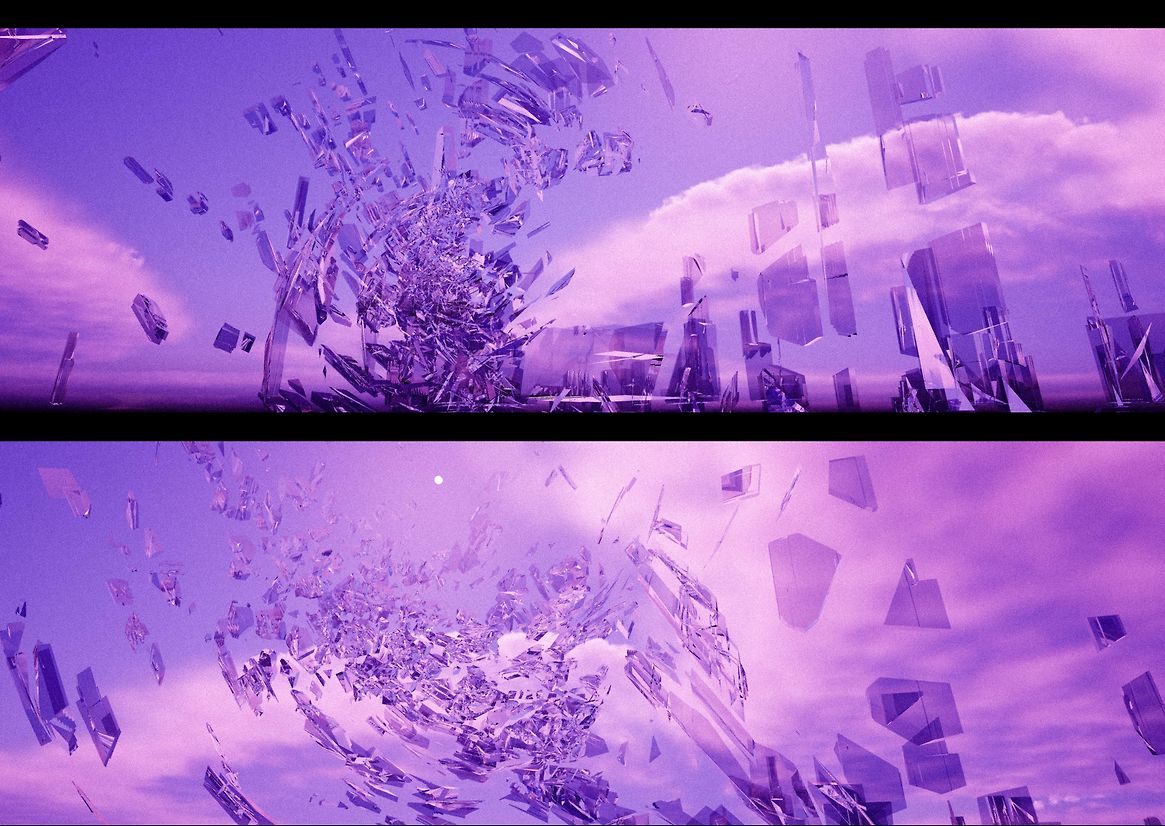
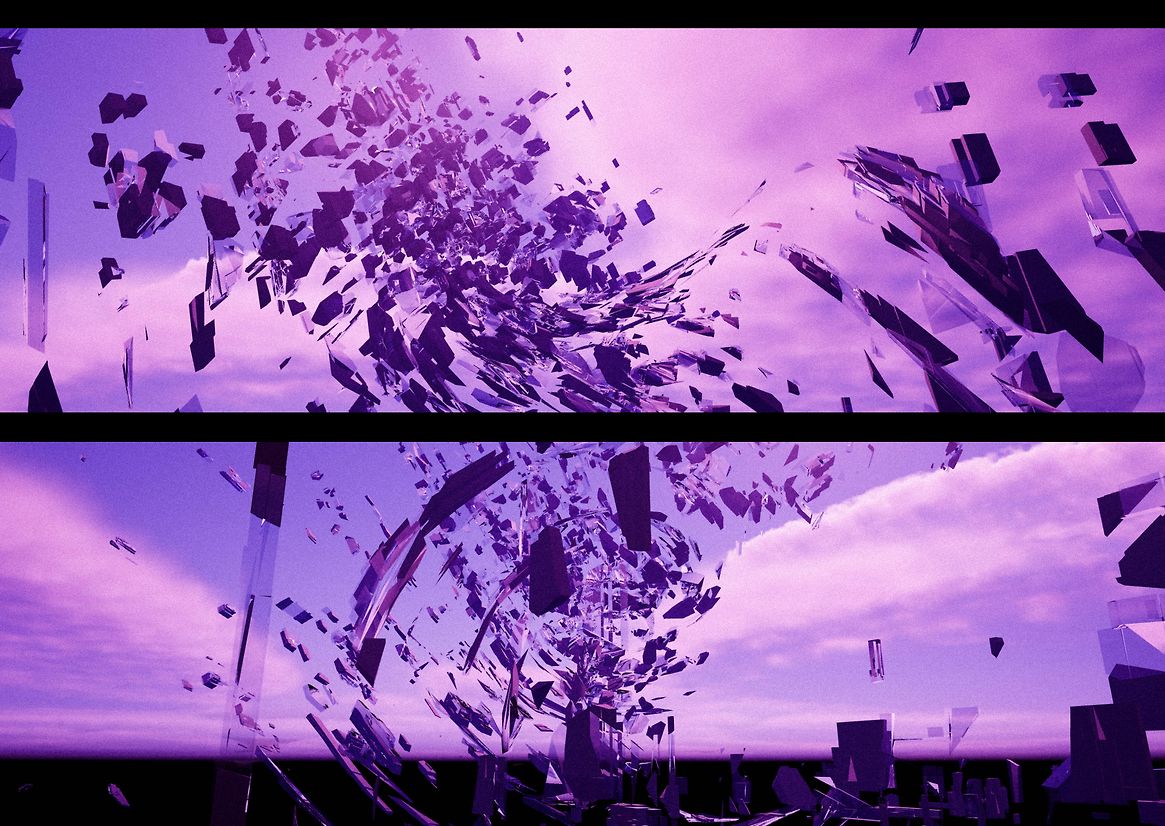
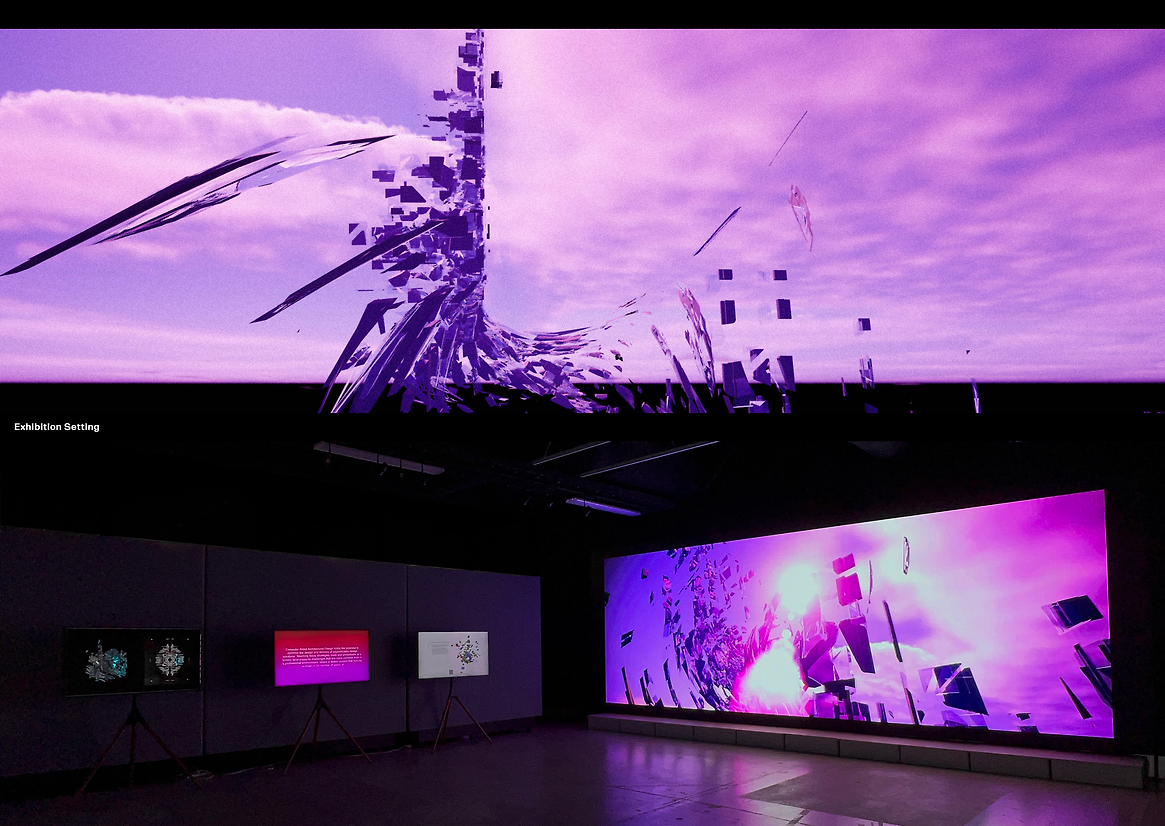
Description:
Dreaming, an illusory paradise that reveals the sensory tale of the unconscious mind, a place where raw creativity can be unleashed. It provides a means of accessing the inner workings of the human mind and has the potential to disclose deep desires, fears, and aspirations.
However, in architecture, a materialised human desire bears the weight of human creativity development; the phenomenon of creativity within dreams has only reached the level of inspiration, and a gap exists in understanding the potential of using dreams in the field.
This research centres on whether dreams can be utilised as a generative design tool for architecture. The objective is highly intriguing, with numerous challenges due to its inherently complex nature. This study examines the relationship between dreams and architecture through the lens of surrealism to discover the revolutionary possibility for the architectural expression of dreaming. It adopts a novel and realistic approach by incorporating a Human-Computer Interface (HCI) to generate an immersive dream-like architectural experience in a virtual environment, focusing on meaningful and influential interactions through unconscious emotions emanating from the dreaming brain.
The research method employs the conglomeration of the following software and hardware:
1. Consensys
(Data analysis application)
2. SideFX Houdini
(Procedural design application)
3. Unreal Engine 5
(VR creation tool)
4. One-channel Shimmer3 GSR+ Unit
(Electrodermal Activity EDA, An emotional intensity detector)
5. High-end Computer
(powerful processor & VR-enable graphics card)
6. HTC Vive Virtual Reality Headset & 4K Projector
This study utilised the researcher’s dream as a source of inspiration and created an architectural prototype using Houdini, a powerful procedural design tool. The emotional state of the researcher during the dream state is quantitatively measured via the electrodermal activity (EDA) method, through electrical potential between two skin contact points. The raw emotional data obtained through this method is subsequently translated into a numerical format using the Consensys software. The data is then utilised as inputs in the design process, specifically through the manipulation and adjustment of data and attributes within Houdini, through a procedural data workflow. The resulting simulations express the symbolic meaning of key dream elements identified in this research: generation (creativity), time and emotion. This ultimately yields an architectural prototype influenced by the researcher’s dreaming mind, the unconscious creativity revealed through emotional states. To enhance the dream-like experience, virtual reality is employed to enable a fully immersive and interactive exploration of the design.
The research outcome exceeded the aim and objectives by utilising cutting-edge technology to develop an architectural bridge to the gap between the unconscious and physical realm. However, this experiment encountered a number of technical limitations that suggest potential areas for future research, which will be mentioned in the discussion section of this inquiry. This study has successfully established a comprehensive understanding and a systematic framework for this innovative approach; it is a precursor research in generating architecture from the human raw unconscious creativity derived from the dream.
Judge's comments:
This project left us speechless. Viewed at the end of the day, this was so refreshing and inspiring. A compelling and unique concept, executed beautifully. This project invites us to think, what next? The level of craft, uniqueness of concept and depth of thinking is what we look for across all projects. Possibly our favourite project from this year’s entries.